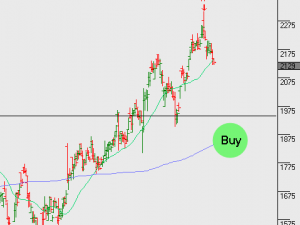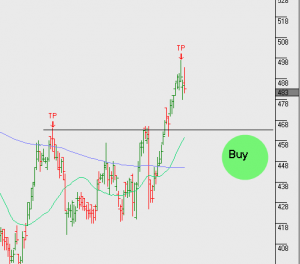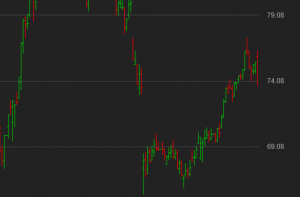Global Macro
Leading up to last Friday’s July Non-Farm Payroll (NFP) report, the USD was being offered against all the other major G-7 currencies. After the June Headline NFP number beat expectations by over 150,000 last month, many forecasters were expecting a large correction in the number of new jobs created this month. Most FX traders understood that the risk to the USD was asymmetrical and that an “as expected” reading would be USD negative.
Instead, the robust NFP report allowed the Greenback to recoup the losses it experienced earlier in the week, the SP 500 reached an all-time new high close at 2176.00, US 10-yr bond yields hit a 3-week high of 1.60% and Fed Funds futures went from pricing a 57% chance of a 2016 rate hike to a 71% chance by the NY close.
With the US economy posting an additional 255,000 jobs and average hourly earning increasing by 0.3%, it’s reasonable to expect that US interest rate policy will continue to move toward normalization while its peers continue to add to direct stimulus and unconventional easing measures. In addition, the forward outlook to the US labor market is improving with a jump in the participation rate, as well as, the total weekly hours worked.
In short, by almost every metric, the US employment climate stands in sharp contrast to the dismal outlooks for the UK, Japan, most of Europe and Canada. That said, it’s our base case that seasonal factors effecting daily trade flows and a lack of any first-tier data this week could temper advances in the USD in the near-term.
The impact of lower trading volume is best illustrated in the SP 500. Despite never trading lower than 1% below all-time high levels last week, the daily trading volume was consistently close to 25% below the 50-day moving average. With this in mind, we expect the USD, US Stocks and US Treasury rates to trade with an upward bias but with less momentum.



